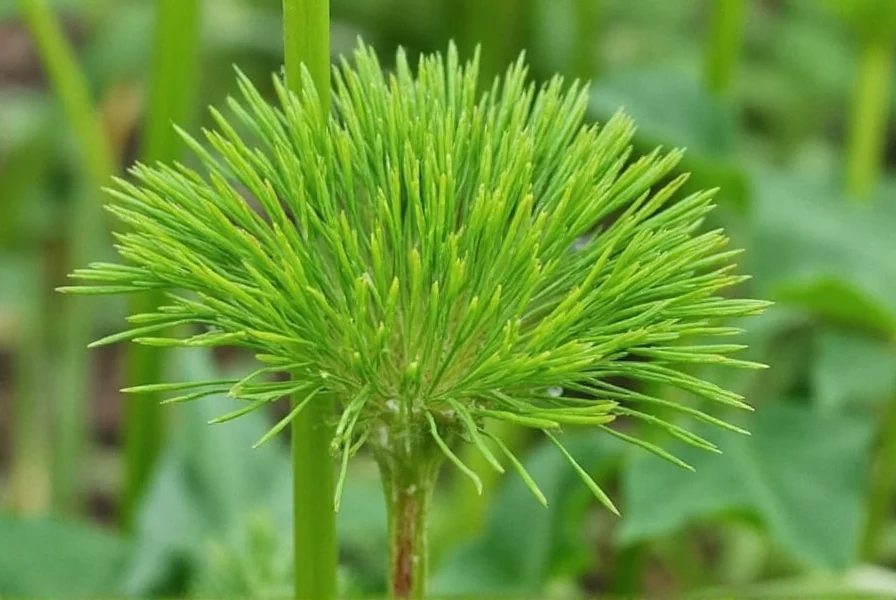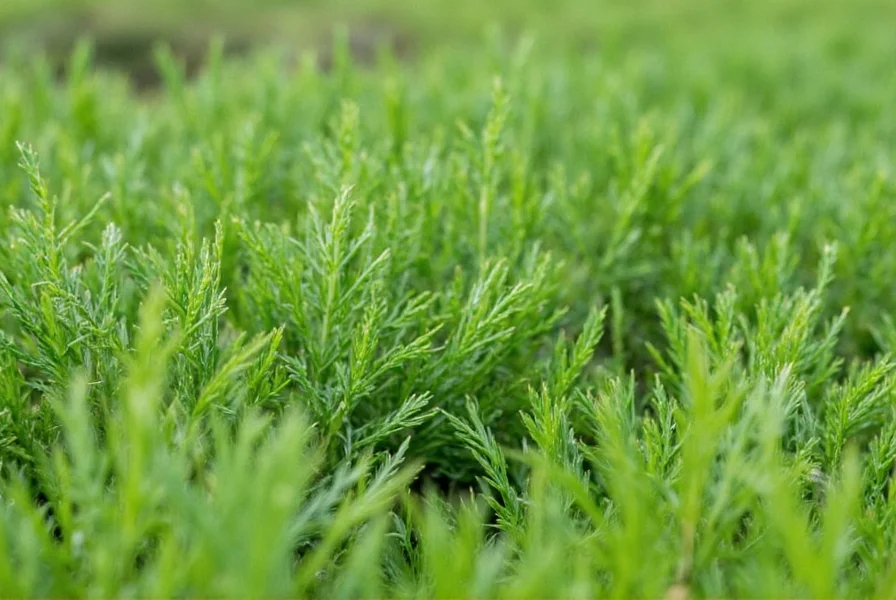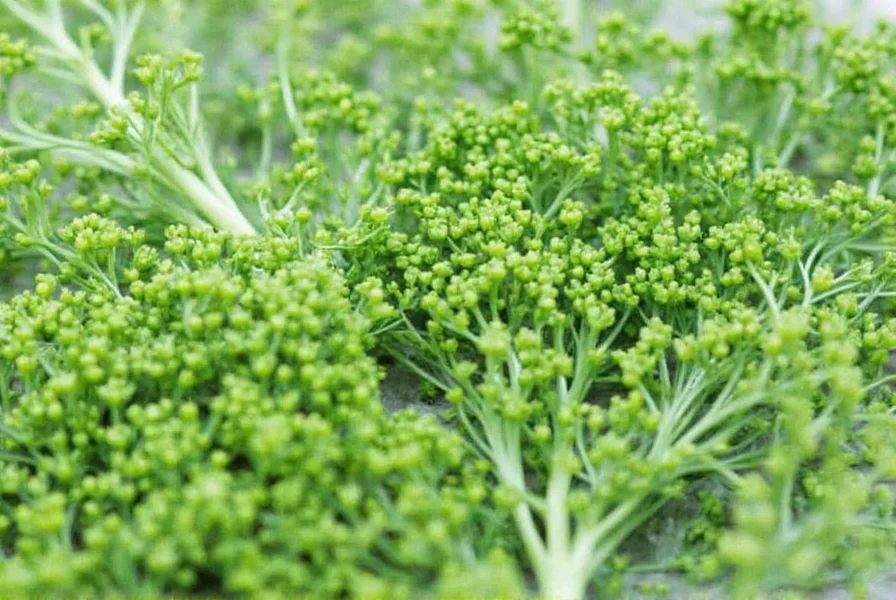Understanding the terminology around dill can prevent confusion in your kitchen. Many home cooks wonder is dill weed the same as dill when following recipes that use these terms seemingly interchangeably. The simple answer is yes—they refer to the same part of the plant. Let's clarify this common culinary confusion once and for all.
What Exactly Is Dill Weed?
Dill weed specifically describes the delicate, fern-like leaves of the dill plant. Despite the word “weed” in its name, it's not a weed at all but a valued culinary herb. The term “weed” here comes from historical English usage meaning “plant” rather than indicating an undesirable species.
When you see “dill” listed in recipes without specification, it almost always refers to dill weed (the leaves), not dill seeds. This is the primary source of confusion for many cooks trying to understand the difference between dill weed and dill.

Dill Plant Anatomy: Leaves vs. Seeds
The dill plant produces two distinct culinary components:
| Component | Also Known As | Flavor Profile | h>Common Uses|
|---|---|---|---|
| Dill weed | Fresh dill, dill herb | Grassy, slightly citrusy, delicate | Fish dishes, salads, dips, pickling, finishing garnish |
| Dill seeds | Dill seed, dill fruit | Stronger, earthier, slightly bitter | Pickling, breads, spice blends, stews |
Why the Terminology Confusion Exists
The confusion around is dill the same as dill weed stems from inconsistent labeling practices:
- Grocery store labeling: Fresh dill is typically sold as “dill” while dried versions often say “dill weed”
- Regional variations: Some areas use “dill” exclusively for the leaves, others use “dill weed”
- Recipe inconsistencies: Cookbooks and websites use these terms without standardization
When a recipe calls for “dill,” it's almost always referring to the leaves (dill weed), not the seeds. If seeds are required, recipes will specifically say “dill seeds.” Understanding this distinction is crucial for using dill in recipes correctly.
Fresh vs. Dried: How Preparation Affects Terminology
Another layer to the dill weed vs fresh dill question involves preparation methods:
- Fresh dill: The vibrant green leaves sold in bunches at markets
- Dried dill weed: Dehydrated leaves, often labeled simply as “dill weed” in spice aisles
- Dill seeds: The oval, flat seeds that form after the plant flowers
When substituting between fresh and dried forms, remember that dried dill weed is more concentrated. Use one teaspoon of dried dill weed for every tablespoon of fresh dill required in your recipe. This knowledge helps prevent disappointment when exploring what is dill weed in cooking applications.

Practical Guidance for Home Cooks
Here's how to navigate dill terminology in your cooking:
- When a recipe says “dill,” assume it means the leaves (dill weed)
- Look for “seeds” specifically when that component is required
- Fresh dill loses flavor quickly—add it near the end of cooking
- Dill weed (dried) holds up better in long-cooking dishes
- Never substitute dill seeds for dill weed 1:1—they have completely different flavors
Understanding these distinctions eliminates confusion about dill plant parts explained and ensures your dishes turn out as intended. The next time you're wondering is dill weed the same as dill, remember they're identical—it's the seeds that are different.
Common Questions About Dill Terminology
Can I substitute dill seeds for dill weed in recipes?
No, dill seeds and dill weed have significantly different flavor profiles. Dill seeds are stronger, earthier, and slightly bitter, while dill weed is grassy and citrusy. They're not interchangeable in most recipes. If substituting, use 1 teaspoon of dill seeds for every 1 tablespoon of dill weed, but expect a different flavor outcome.
Why do some recipes specify 'dill weed' while others just say 'dill'?
Recipes that specify 'dill weed' are being precise about using the leaves rather than seeds. Many traditional recipes simply say 'dill' when they mean the leaves, creating confusion. Commercial spice labels often use 'dill weed' for the dried leaves to distinguish them from 'dill seeds.'
Does dill weed come from a different plant than dill?
No, dill weed and dill come from the same plant (Anethum graveolens). Dill weed refers specifically to the leaves, while 'dill' without specification typically means the same thing in culinary contexts. The seeds come from the same plant but are a different component with distinct flavor characteristics.
How should I store fresh dill to keep it from wilting?
Treat fresh dill like flowers: trim the stems, place in a glass with an inch of water, cover loosely with a plastic bag, and refrigerate. Change the water every two days. Properly stored, fresh dill (dill weed) will last 7-10 days. You can also freeze dill in ice cube trays with water or oil for longer storage.
Is dill weed stronger than fresh dill?
Dried dill weed is more concentrated than fresh dill. The general conversion is 1 teaspoon of dried dill weed equals 1 tablespoon of fresh dill. Fresh dill has a brighter, more delicate flavor that diminishes with cooking, while dried dill weed holds up better in long-cooking dishes but lacks the fresh herb's nuanced citrus notes.











 浙公网安备
33010002000092号
浙公网安备
33010002000092号 浙B2-20120091-4
浙B2-20120091-4